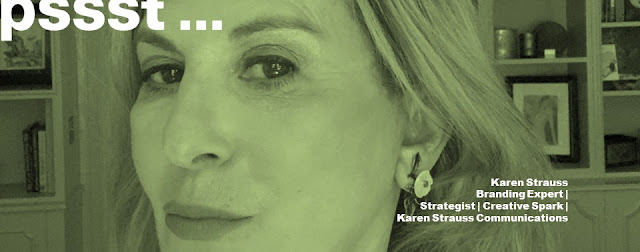ARE EMOJIS A NEW LANGUAGE ?
Do you know  ?
?
No? Well, maybe you understand me better when I write the name in Latin letters: Tutankhamun. You´ve heard about this Egytian pharaoh, don´t you? He died 1332 BC at the age of around 18. Poor boy. But I don´t want to talk about ancienct pharaohs and why they have to die so young. I want to talk about signs and letters. Or to be more precise: about Emojis.
 ?
?No? Well, maybe you understand me better when I write the name in Latin letters: Tutankhamun. You´ve heard about this Egytian pharaoh, don´t you? He died 1332 BC at the age of around 18. Poor boy. But I don´t want to talk about ancienct pharaohs and why they have to die so young. I want to talk about signs and letters. Or to be more precise: about Emojis.
This tiny little pictures are everywhere. Messages and emails end with a smiley or something else. Whatsapp publishes every week new signs ... in different colors, for different regions and for different cultures. Smileys and flags are the most popular emojis on Twitter and on Facebook you have now a bunch of emojis instead of just one like button.
What is this?
What´s happening? Is our language-system out of order? Why do we trust no more in our 26 basic letters of the Latin alphabet? After nearly 3000 years this letters are no more good to help us express our ideas, feelings and arguments? Or is this a version of the so called "visual turn" or "pictural turn" as W.J.T. Mitchell predicted? Is image winning over text with emojis? Is this Visual Storytelling?
No, No, and No
Emojis are not a language. And they are no good visual storytellers. Emojis are pictorgrams which are based on international conventions. Smart and easy when you want to communicate with an international audience. Well, its not only about language. There are also so much different alphabets. There is the Greek or the Russian alphabet. There are totally different languages such as Arab, Chinese or Japanese - with different characters and different reading directions and and and.
Emojis are much easier. They are somehow like mimik. We all share - and that´s seamless around the world - the same fundamental emotions. Happiness, sadness, anger, astonishment - these feelings are all the same no matter where you are from. And we express this feelings very similar. We laugh, we cry, we scare. Look at our eyes, our eyebrows, our mouth ... and you get emojis.
Plus there are conventions: a heart, an airplane, a national flag ... that´s already a mini-story.
But ...
Emojis hardly stand alone or speak for themselve. They need text and context. As many signs have so many different options to be misinterpreted. So emojis work in 3 ways: First they raise our attention. They use visual information because our brain processes images much faster than words. Second, emojis help to sort text. The tiny little images help us to read much faster through messages and sort out what we want to read and what not (like Hastags) and third: they merge with words and give context. The combination between emojis and text makes it really interesting - and fun :-)
To use emojis like a language we would need 7.000 emojis - that´s the predition of philologist Anatol Stefanowitsch. And - more important - everyone (!) has to know the meaning of all this 7.000 emojis ... not only some nerds.
If you are interested in the most popular emojis on Twitter ... have a look on emojitracker.com. This app ranks the most used emojis in real time. Most of the time, the winner is:






